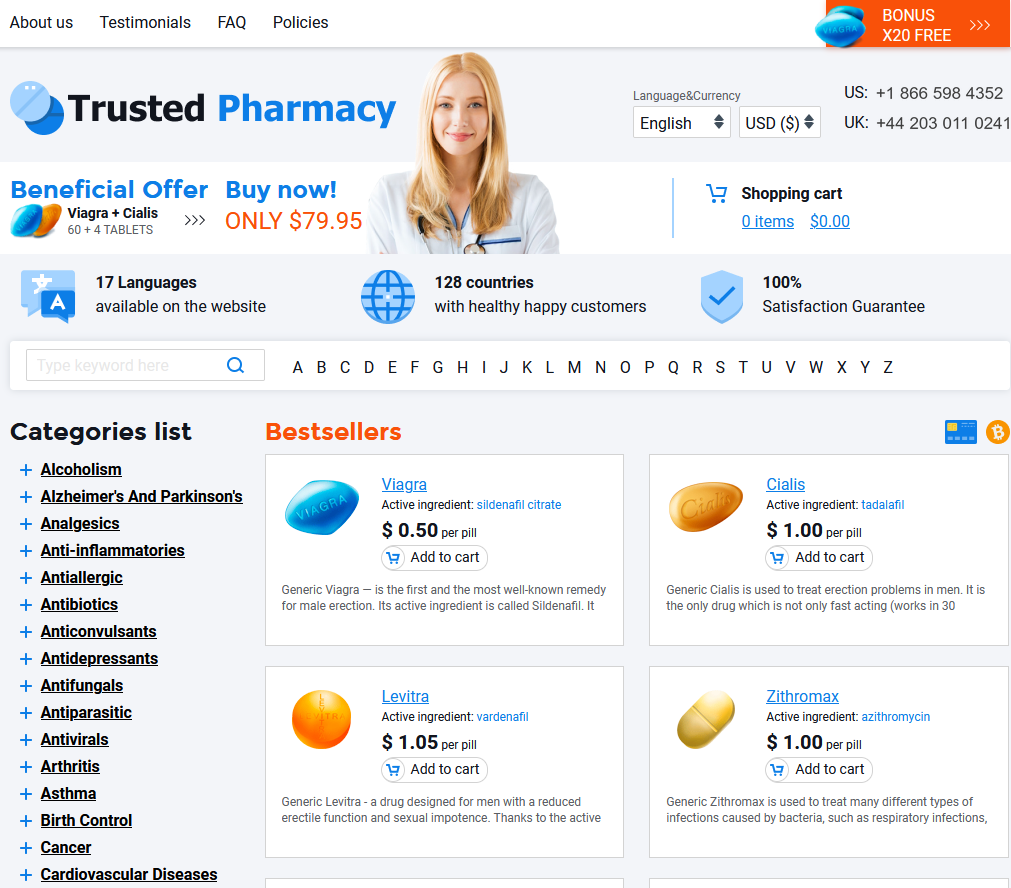
Finpecia Vs. Propecia: Key Differences and Similarities
Understanding the Active Ingredient: Finasteride's Role
Finasteride, a key ingredient used in both Finpecia and Propecia, serves as a powerful weapon in combating hair loss. By limiting the conversion of testosterone into dihydrotestosterone (DHT), it addresses a major culprit behind male pattern baldness. This compound medication works by reducing DHT levels in the scalp, effectively halting hair follicle shrinking. Patients often receive a script to embark on this transformative journey, witnessing noticeable results over time. When prescribed correctly, this medication has shown remarkable efficacy, underscoring its significant role in dermatology.
| Aspect |
Description |
| Function |
Reduces DHT levels to prevent hair loss |
| Usage |
Requires script for proper administration |
Brand Name Vs. Generic: Exploring Propecia and Finpecia

Navigating the world of Propecia and Finpecia, you're essentially looking at two forms of the same script: finasteride. While Propecia carries the badge of a brand name, encompassing specific marketing and pricing strategies, Finpecia steps in as a trusted generic option. The magic of Finpecia lies in its ability to provide the same therapeutic benefits as Propecia but often at a lower cost—a perfect case of therapeutic substitution. In the pharmaceutical realm, this transition from a branded compound medication to its generic version is as common as a Drive-Thru coffee on a Monday morning, bringing similar results with a lighter impact on your wallet.
Efficacy: How Effective Are Propecia and Finpecia?
When it comes to the potential for hair regrowth, both Propecia and Finpecia, which contain 1mg of finasteride, offer similar outcomes in reducing hair loss. Finasteride's effectiveness lies in its ability to inhibit the enzyme 5-alpha reductase, thereby reducing DHT levels—a key player in male pattern baldness. Many users report noticeable improvements in hair density over time, but the window shopper attitude some might have leads to overlooking these benefits in favor of other treatments.
While the active ingredient remains constant, individual outcomes can vary based on personal factors and adherence to the script. Taking either Finpecia or Propecia as directed—according to the sig—is crucial to maximizing their efficacy. Despite having the same active ingredient, user experiences embody the age-old adage "results may vary," highlighting the nuances that make each patient’s journey unique.
Side Effects: What to Expect from Each Medication

Both Propecia and Finpecia contain finasteride as their active ingredient, designed to combat hair loss. Despite sharing this core component, individuals may experience varied side effects. Commonly observed are changes in libido or erectile issues, with Propecia users sometimes reporting a slightly higher incidence of these reactions. However, specifics can vary based on the compounding or formulation differences inherent in each brand.
For those navigating the pharmacological landscape, understanding potential hangovers—secondary effects lingering after medication use—becomes crucial. While Finpecia and Propecia are generally well-tolerated, always follow the sig on any given script. Consult a healthcare provider if side effects persist, ensuring a tailored approach to hair regrowth without undue discomfort.
Pricing: Cost Comparison between Propecia and Finpecia
When looking into the wallets of those considering Propecia and its generic twin, finpecia, a stark difference in pricing emerges that might bring about some label sticker shock. Propecia, the brand name, often comes with its inherent costs, partly due to marketing efforts and the prestige associated with its trade name. On the other hand, finpecia, being a generic, usually offers significant savings due to lower manufacturing and advertising expenses. This disparity in pricing plays a crucial role, especially for long-term users who aim to manage costs effectively.
Here's a quick glimpse into their pricing comparison:
| Medication |
Approximate Monthly Cost (USD) |
| Propecia |
$80 - $100 |
| Finpecia |
$20 - $40 |
Understanding these financial implications is vital. For many, the choice may boil down to balancing efficacy and economy, while trusting that finpecia, as a generic, meets the same quality benchmarks as its branded counterpart. As always, it's wise to verify with your pharmacist if any insurance policies will cover these scripts, potentially offsetting some of that initial sticker shock.
Availability and Accessibility: Finding the Right Option
In today's fast-paced world, finding the right options for medications like Propecia and Finpecia can feel like navigating a Pharmageddon. Availability and accessibility hinge on several factors, including location, prescription requirements, and insurance coverage. While Propecia, being a brand name, might be more prevalent in pharmacy shelf checks, Finpecia, as a generic, often has wider distribution owing to its cost-effectiveness.
Accessibility also involves the "Sig" on your Script, guiding the count and pour process at any pharmacy. The ease of finding either medication depends largely on whether you go through a traditional pharmacy or opt for an online Drive-Thru experience, each with its own advantages. Furthermore, the possibility of insurance rejecting one option over another could mean choosing between these two, hinging on prior authorization and prescription coverage.
Ultimately, understanding your own needs, coupled with the insights from an informative Meds Check, can help determine which option fits best. Exploring various avenues, whether at a local White Coat consultation or digital pharm land, is key to securing the medication you need without the sticker shock often associated with healthcare decisions.